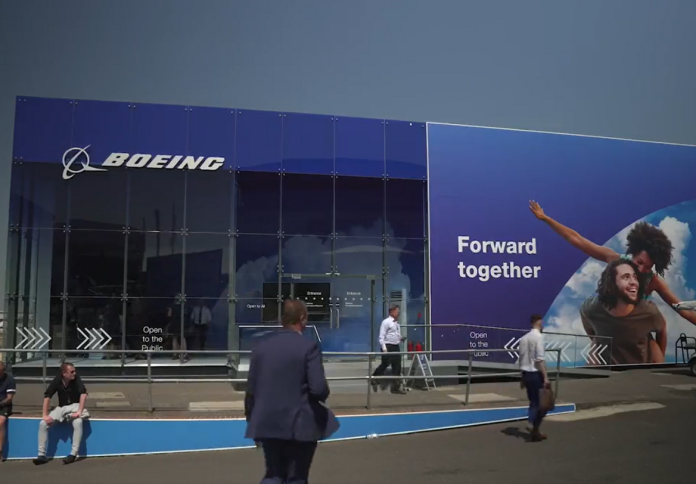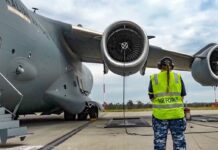
Aerospace manufacturing giant Boeing has developed a data modelling tool that simulates the most effective methods toward achieving net zero emissions by 2050.
Speaking during the recent Farnborough International Airshow, Boeing Chief Sustainability Officer Chris Raymond said the Cascade modelling tool was developed on the foundation of credible data and analytical models to allow users to explore various pathways to net zero.
“We think this model will help our industry visualize, for the first time, the real climate impact of each solution, from beginning to end, and to inform the most probable and effective strategies,” Raymond said.
Developed in consultation with leading universities, the tool appraises major paths created by Boeing to decarbonise aviation and outlines their potential power to reduce emissions. These methods include aeroplane fleet renewal, tapping into renewable energy sources, deploying operational efficiency improvements, and implementing advanced technologies.
In a media statement, Boeing said the Cascade tool is capable of vetting the full lifecycle impacts of renewable energy by accounting for the emissions required to produce, distribute, and use alternative energy carriers, such as hydrogen, electricity, and sustainable aviation fuels (SAF).
The company is planning to use the new tool with key stakeholders, such as airline operators and industry partners. The solution is also expected to inform policymakers about the integration of fuel sources and new aeroplane designs.
“We have to take a holistic view to decarbonization,” said Raymond. “And when we do that, it is clear that sustainable aviation fuel is a necessary lever. We know it will take a ‘SAF and’ approach and not a ‘SAF or’ approach to achieving net-zero by 2050.”



















